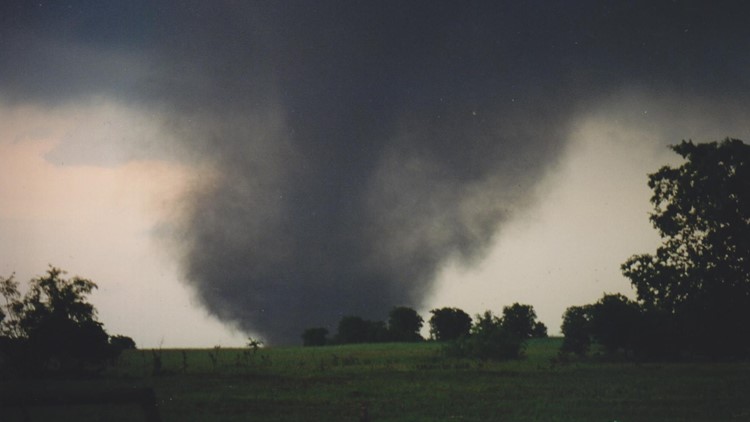An intense thunderstorm can produce large hail, damaging winds, hundreds of lightning strikes, flash flooding, and tornadoes. Some of the most powerful tornadoes recorded on earth can have winds over 200 miles per hour. That's enough power to erase homes, leaving nothing but the foundation.
To understand how tornadoes form, let's start with the basics: the fundamentals of thunderstorm development.
The basic ingredients for a thunderstorm to develop are instability, moisture, and a lifting mechanism (such as a front, dryline, or area of low pressure). When all three are present, showers and thunderstorm can develop.
What separates a garden variety thunderstorm from a severe thunderstorm, is an added ingredient called "wind shear." Wind shear is either the veering (or turning) of winds with height, called vertical directional shear, or when winds significantly increase with height, called vertical speed shear.



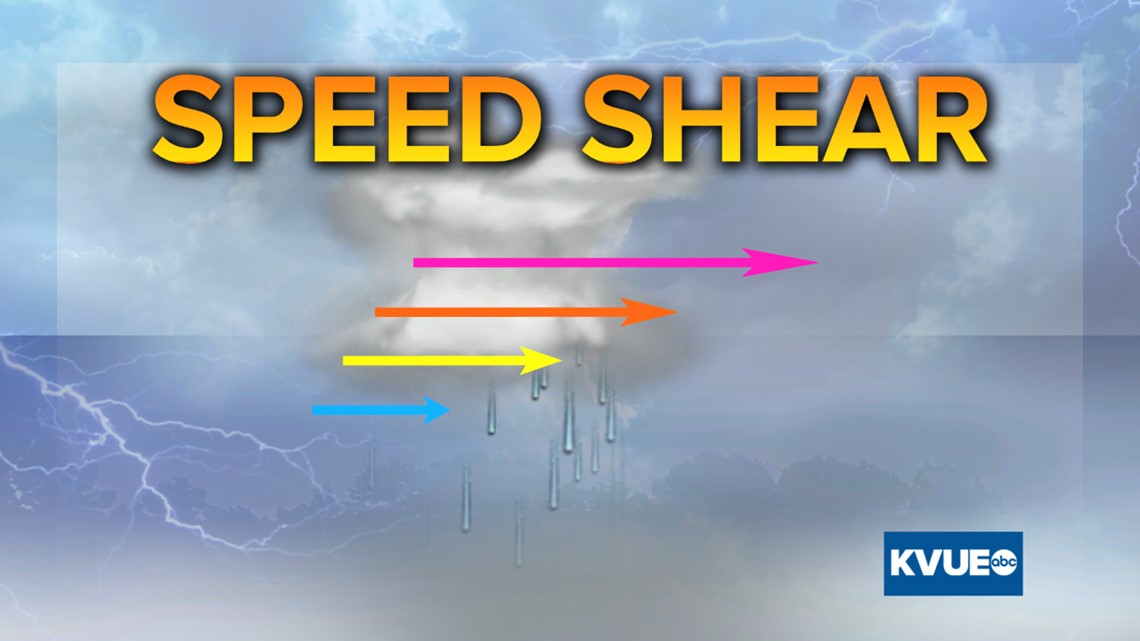
For severe storms, a combination of both is important. Speed shear will allow the thunderstorm to tilt, separating the updraft and downdraft. This separation of air moving up from air moving down, will allow for a stronger storm. But it's directional shear that is important for the development of rotation, the first step in the genesis of a tornado.

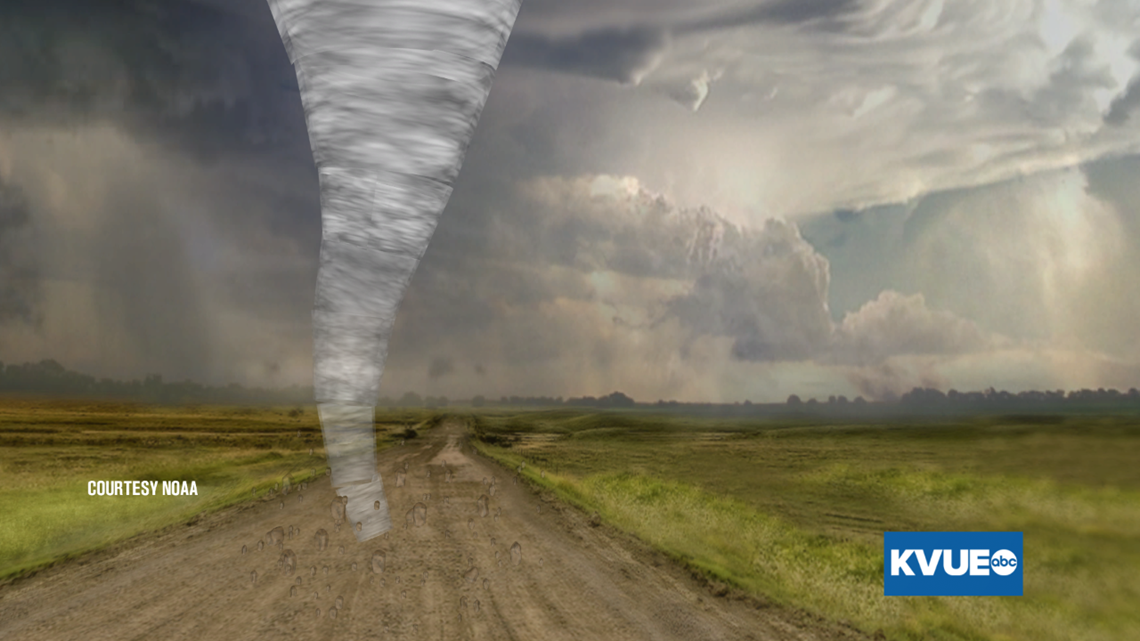
Here's a look at an example. Think of a wind coming from the south at the surface, but a wind coming from the north well above the surface (or aloft).


This crisscrossing of wind will create a horizontal rotation in the atmosphere.


Within a thunderstorm we have air that descends (called downdrafts), and air that ascends (called updrafts).

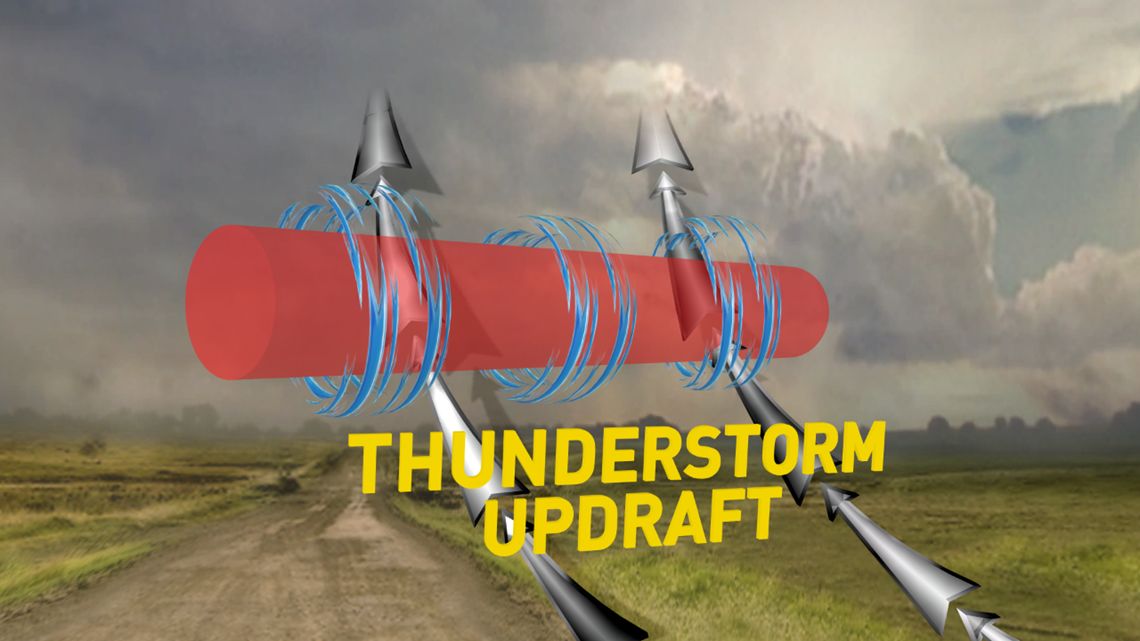
It's the updraft within the storms that forces the horizontal rotation to become a vertical rotation.

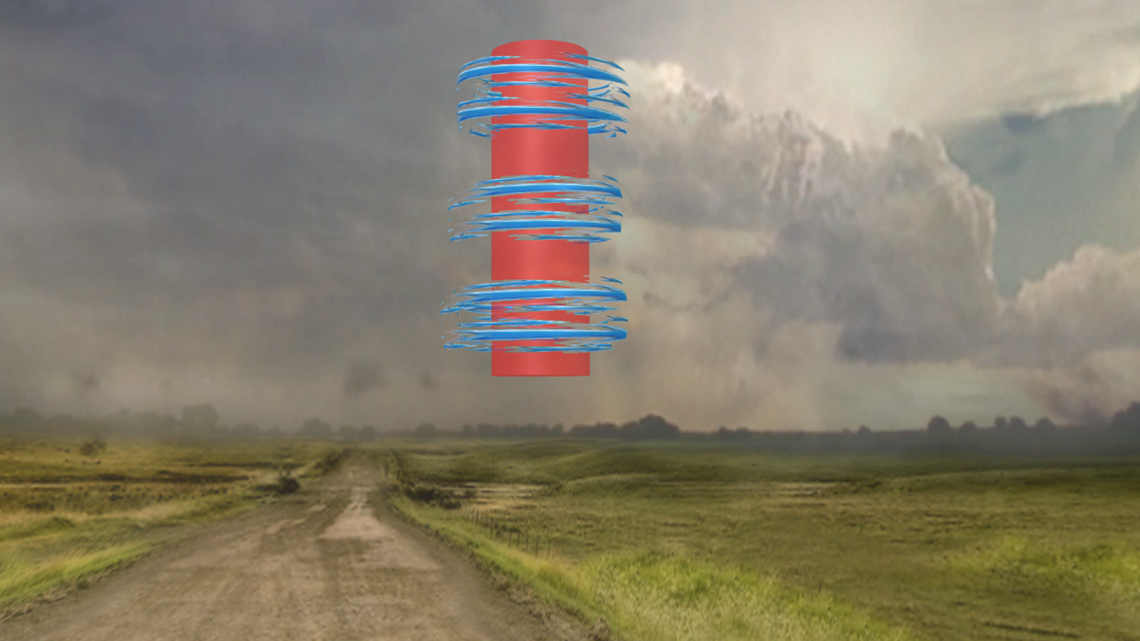
As the thunderstorm begins to rotate, a lowering at the base of the cloud, called a "wall cloud," could appear.

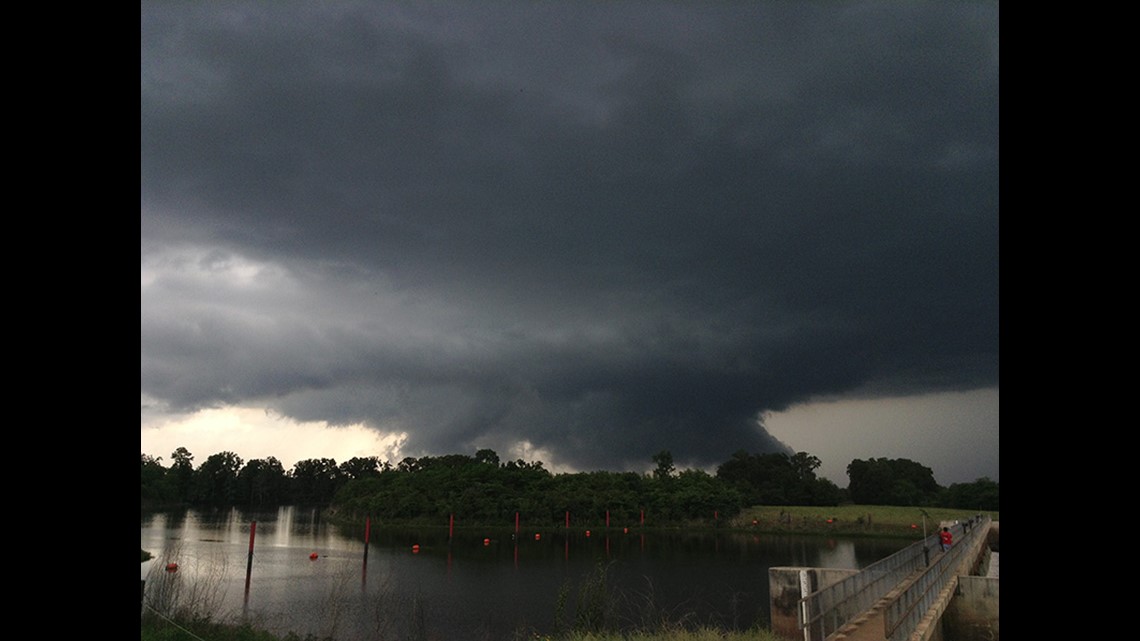
Within the wall cloud, a funnel cloud could develop. Once the funnel reaches the ground, and begins to rotate and loft debris, it is classified as a tornado.

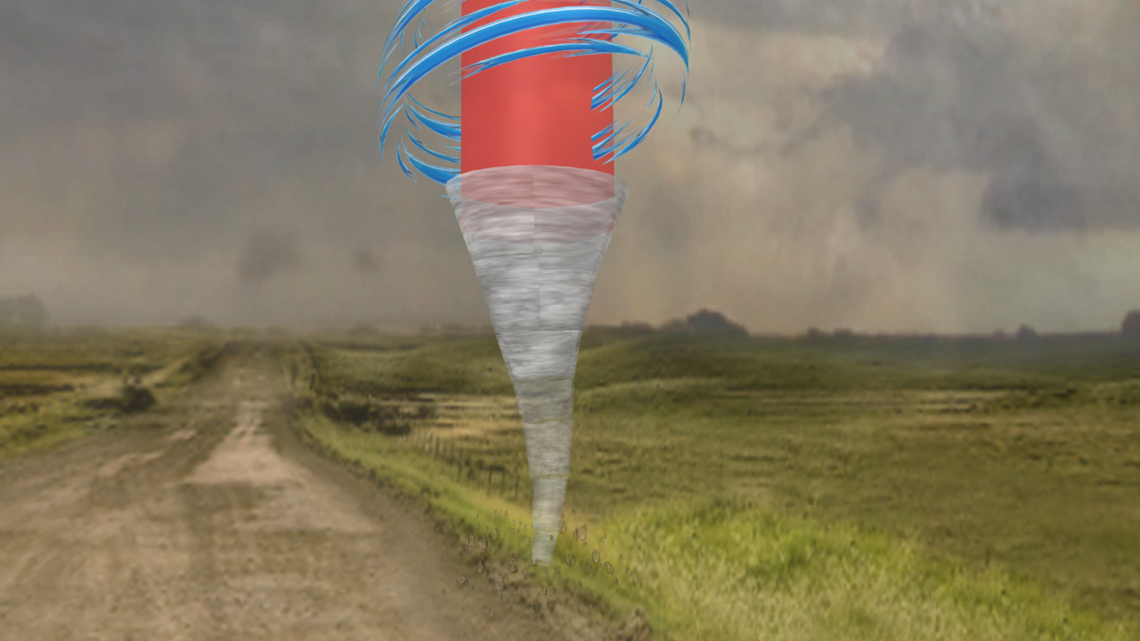
The scale to rate the intensity of tornadoes is called the "Enhanced Fujita Scale." The scale ranges from EF0 (a weak tornado with minimal damage) to EF5 (a violent tornado that causes catastrophic damage). The National Weather Service will classify the tornado damage based on this scale.

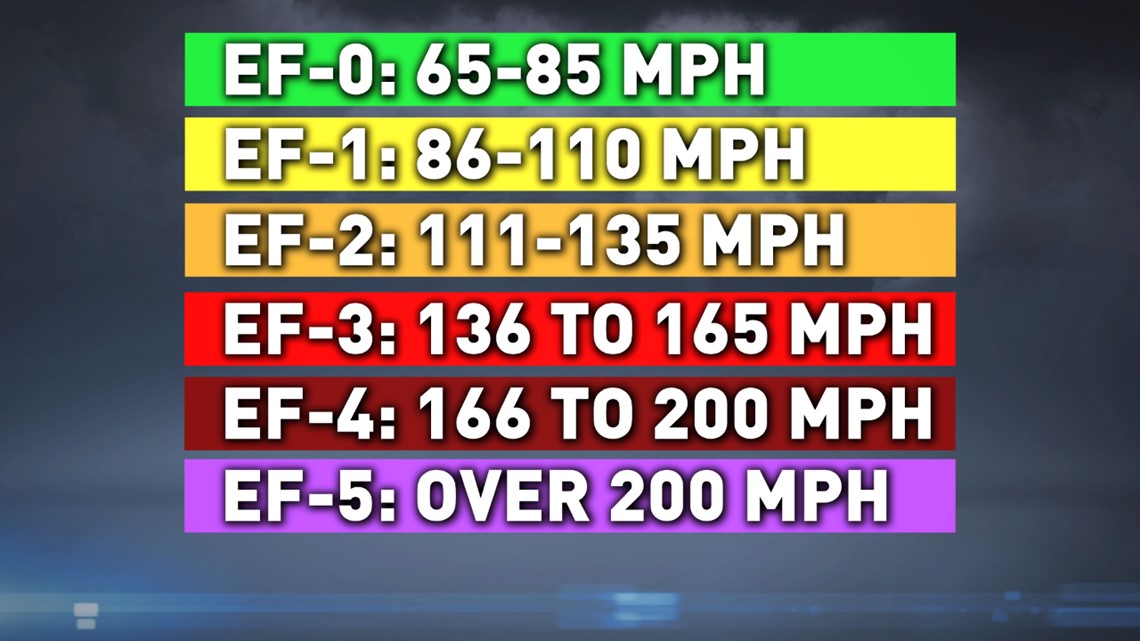
When a Tornado Warning is issued for your area, seek shelter immediately. Cars and mobile homes should be evacuated for a sturdy structure.
If you live in a multi-story home, go to the lowest level. Most Central Texans do not have underground storm shelters, so the first floor of your home is where you want to be.

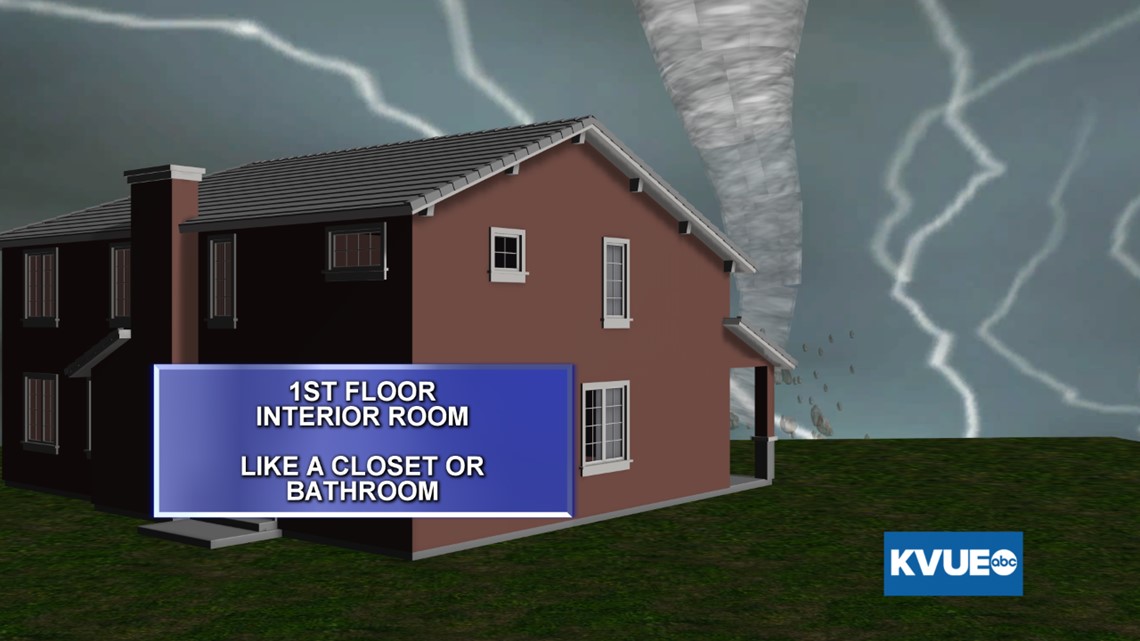
Find a room that is centrally located in your home that does not contain any windows. A closet, bathroom, or pantry may be a good location in your home.

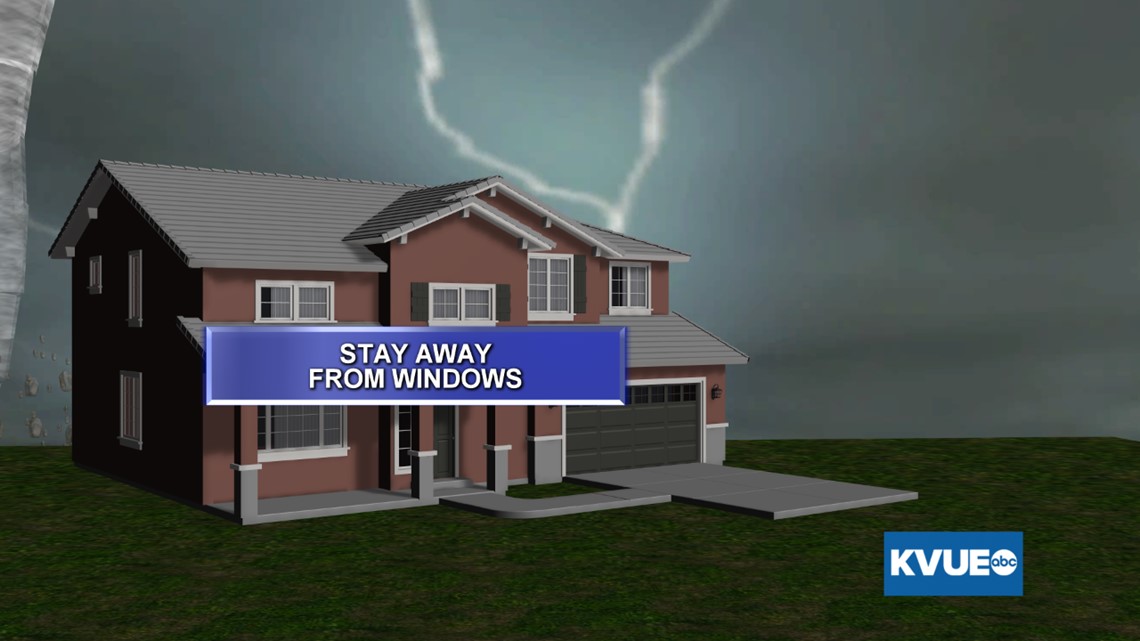
Cover your head and body with a thick blanket or mattress. Your kids could put on a baseball, softball, or football helmet for extra protection.
Use your smart phone to stay tuned to KVUE online, on-air, and social media for the latest information.


